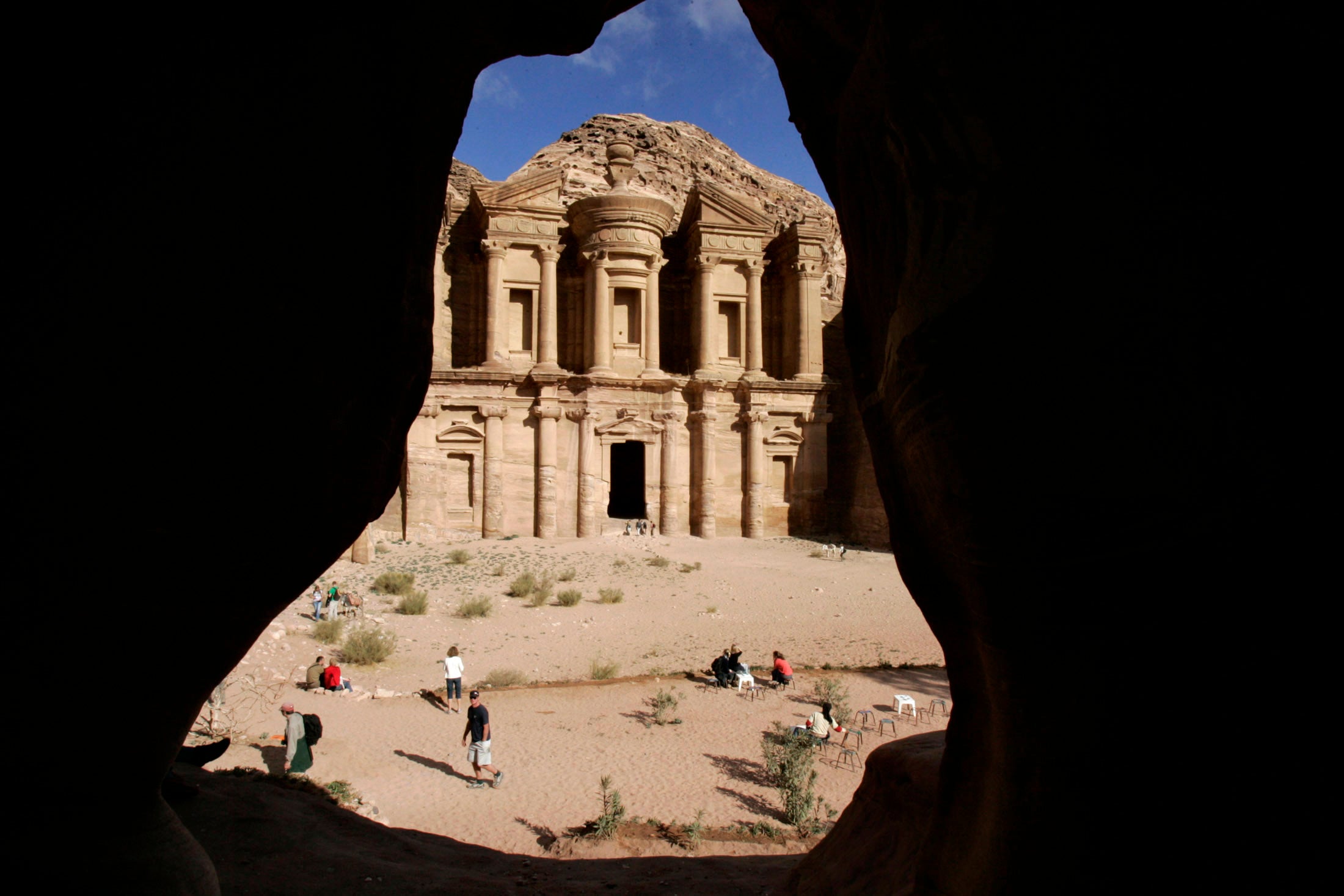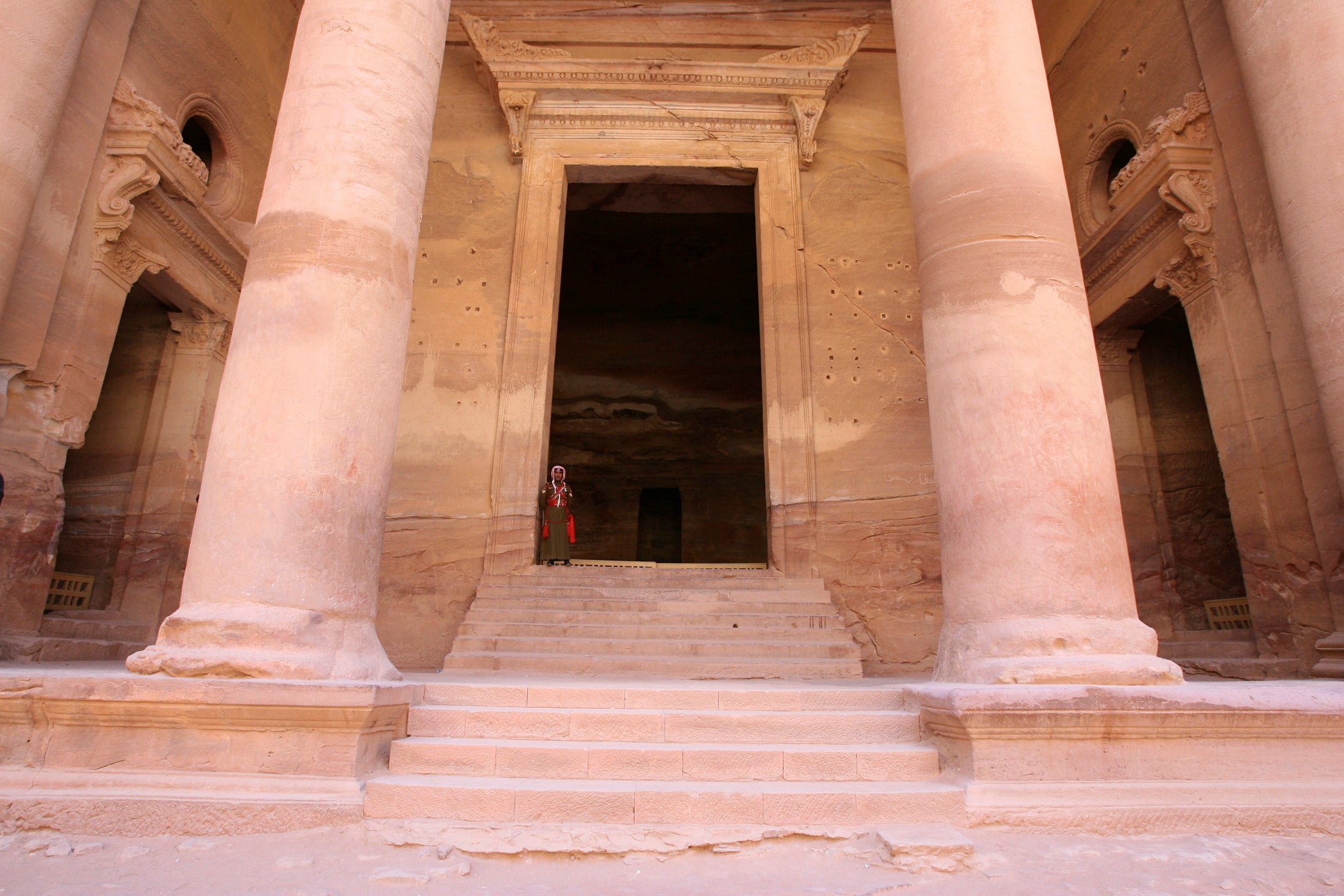Ancient city of Petra was a 'celestial calendar', says new study
A new study into the ancient Jordanian city of Petra has found that was built to cast the sun’s rays onto sacred sites “like celestial spotlights.”

The Nabateans (Petra’s inhabitants) rose and fell in relative obscurity between the 3rd century BC and the 1st century AD.
Exploiting the trade between its two neighbours’, Rome and Assyria, the Nabateans built the buildings popularised in the film ‘Indiana Jones and the Last Crusade.’
Yet despite their iconic dwellings, gouged out of mountains in the south of Jordan, not much is known of their culture and habits.
Now, a new study in the ‘Nexus Network Journal' is beginning to reveal a little more about the Nabateans and how they lived.
The study shows that Petra’s buildings were hewn for more than aesthetics - they double as a celestial calendar, marking the seasons and days of religious significance.
"The facades of Petra are not only beautiful in themselves, but they also show something additional," the study leader Juan Antonio Belmonte, an archaeo-astronomer at the Institute of Astrophysics of the Canary Islands told National Geographic.

Belmonte and his team measured the dimension of Petra’s tombs, temples and monuments, and compared them to celestial patterns from around the turn of the millennia.
They found that certain monuments aligned with the sun on certain days of the year, focusing their rays onto areas of religious significance “like celestial spotlights.”
This lends support to prior evidence that the Nabataeans worshipped the sun and its cycles - just as the Egyptians had.
The 3rd century BC kingdom is thought to have been planned in such a way that the light during key celestial dates, equinoxes and solstices, would shine powerfully onto religious buildings
"It's the same thing seen in Christian churches [when sunlight illuminates] special altars," Belmonte said.
The study shows that the Nabataeans possessed an ideology based upon the wanderings of the sun, and possessed a deep understanding of astronomical movements and their impact on seasons.
E. C. Krupp, director of the Griffith Observatory in Los Angeles, told National Geographic that the “fact that it manifests only a week before and a week after the winter solstice suggests that a symbolic alignment with the winter solstice sunset is plausible.”
Belmonte plans to test his results at Al-Hijr, a similar Nabatean site in Saudi Arabia. Should the results match it will provide irrefutable proof that this 2000 year old culture understood, worshipped and planned by the sun and its seasons.
Join our commenting forum
Join thought-provoking conversations, follow other Independent readers and see their replies
Comments
Bookmark popover
Removed from bookmarks